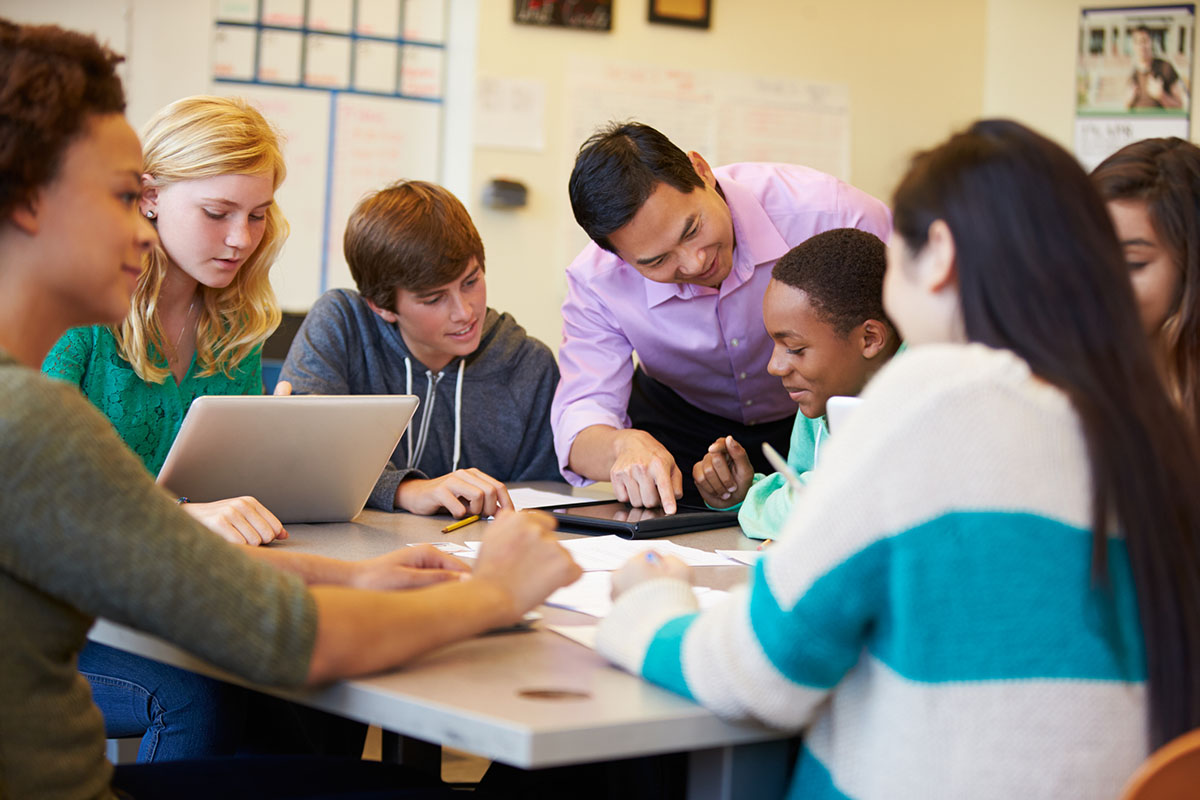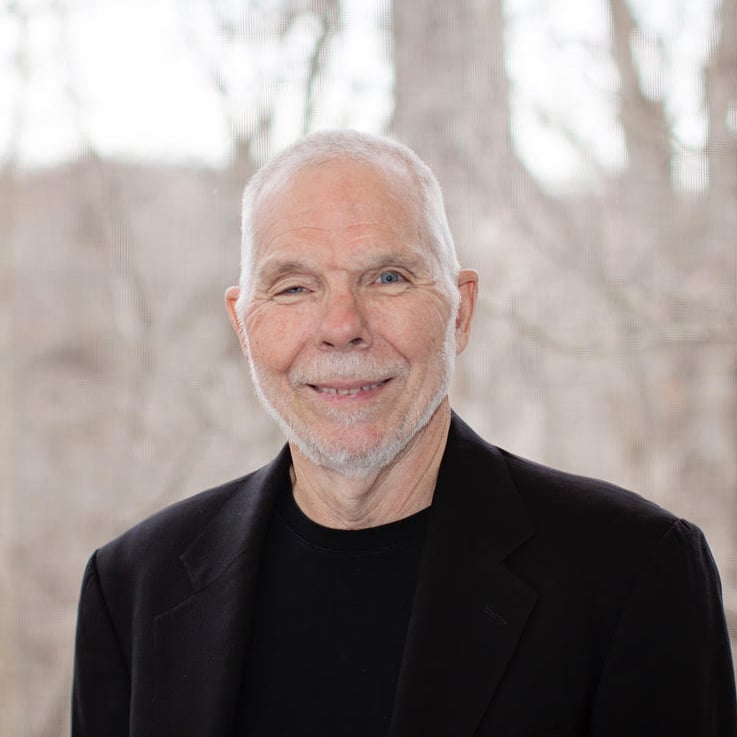Learning is so much more than what happens in a person’s mind. It requires care and support from a community. Young people spend much of their day in various learning environments—classrooms, gyms, afterschool programs—so it’s important to make sure these spaces feel welcoming and safe. Teachers, coaches, and others who work with youth set the tone for how learners interact with one another. Each person arrives with different experiences, preconceptions, relationships, and ideas of how to interact, so it’s not always easy. But with a thoughtful approach and the right tools, educators can build powerful communities that support, nurture, and challenge young minds. Here are some methods to consider adding to your practice:
Set the tone
Educators plan, refine, and execute their lessons day in and day out. They lead learners through daily agendas and help them to meet expectations. Similarly, they can guide the classroom in developing and sustaining a positive, communal tone.
Here are some ways to model the tone you’d like to set for your classroom:
- Greet each student by name, with a smile, fun handshake, or high five. Signal that they’re welcome, seen, and in for a positive experience.
- Celebrate one another. Take a few minutes each week to cheer on students who have worked hard that week, who have rebounded from a failure, or who have demonstrated good character. Encourage students to cheer for one another as well.
- Be honest. Some days are harder than others. For example, if you’re not in the mood to share a big smile, let students know that you’re still excited to spend time with them, but feeling a little down. By being vulnerable (within professional boundaries), you convey to students that your class is a safe space.
Build relationships
We sometimes think of classrooms as spaces where many students learn from one expert teacher. This model, though, is outdated. A teacher sets the agenda, but everyone present has knowledge and skills to share and much to learn, like in any community.
It’s important for young people to have one-to-one developmental relationships with adults, but they also can depend on one another as resources. Here are some ways to build relationships between yourself and your students and between students themselves:
-
Get to know one another as part of the curriculum by incorporating activities that encourage self-reflection and sharing. Search Institute has a research-based collection of tools, activities, measures, and other resources to help you do this. You can also be creative in incorporating these types of activities with your content. For example, encourage students in English class to make personal connections to readings, or have geometry students design and calculate the area of their dream homes.
-
Assign classroom responsibilities. Line leaders and homework collectors are hallmarks of early elementary education settings that allow children to experience leadership and responsibility. The same roles aren’t appropriate for all grade levels. The model can, however, be adapted for any learning space to encourage students to depend on one another as well as on the teacher. Maybe one student could be in charge of keeping an extra set of notes for anyone to reference; another might be the contact person for any absent student in need of missing work; someone else may lead quick stretch breaks.
-
Let students help one another. Students are often penalized for asking one another for help during classwork, whether it’s translating a term for English Language Learning students or simply asking to re-explain the assignment. Let students know that in your community, helping one another is not cheating. Set parameters, of course, around when it’s okay (while completing classwork) or not (during exams). But let them know they can ask each other the types of questions they would normally ask a teacher as long as they’re not being disruptive.
Community beyond the classroom
Classroom communities, at their core, are about the young people in them. The strongest classroom communities, however, go beyond who’s present for roll call each day. They involve the broader community: students’ families and caregivers, local leaders, and peers, for example.
In this way, the classroom community is buoyed by a network of relationships. Here are some other ways to expand your community:
-
Invite community members to mentor students through relevant projects or to provide feedback on final presentations. An alderperson, for example, would have valuable thoughts to share with a group designing a new playground for a civics course.
-
Keep parents, families, and other caregivers in the loop. Newsletters, text groups, or social media updates let families know how to best support their students. They can also be used to solicit outside expertise. Learning about electricity in physics? An older sibling who works as an electrician would make an excellent guest lecturer.
Search Institute’s Rooted in Relationships Model provides ways for you and your organization to identify and leverage additional systems of support around you. This model uses an organic metaphor to describe the dynamic systems that work together to ensure that all young people experience the developmental relationships they need to thrive. Not just with the relationships between youth and teachers or program staff, but the entire web of relationships—including peers, families, and other adults.
The work adults do in shaping the classroom community does more than support students through the present, as important as that is. Youth will move on to other classes and activities, but the community stays with them. It might live on as an encouraging memory, or as a set of relationships youth can draw on as they grow and face new challenges.



